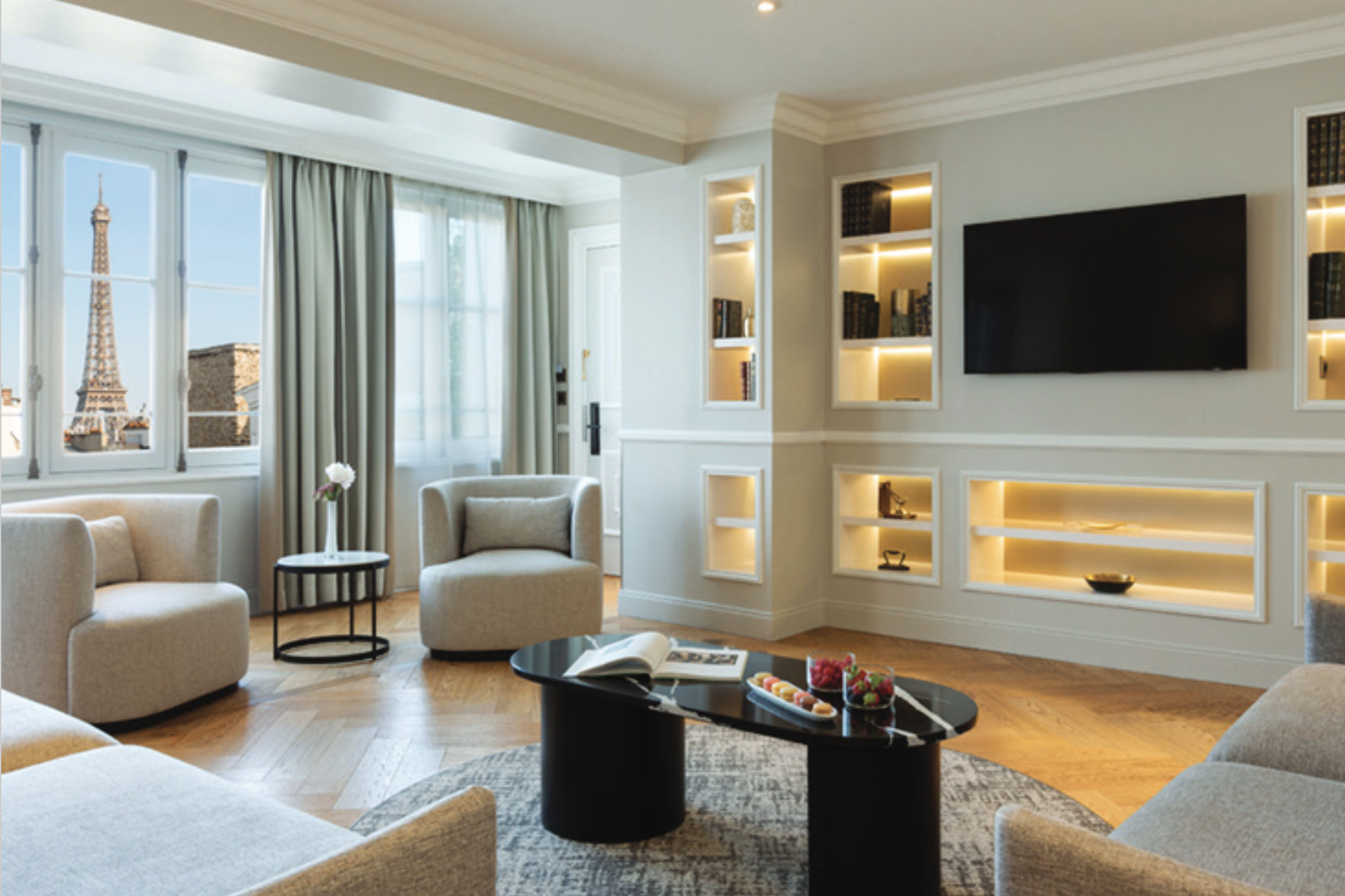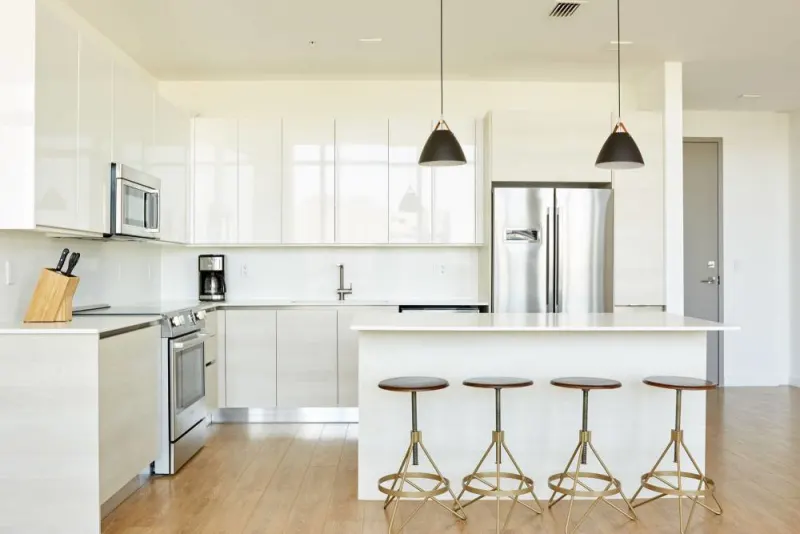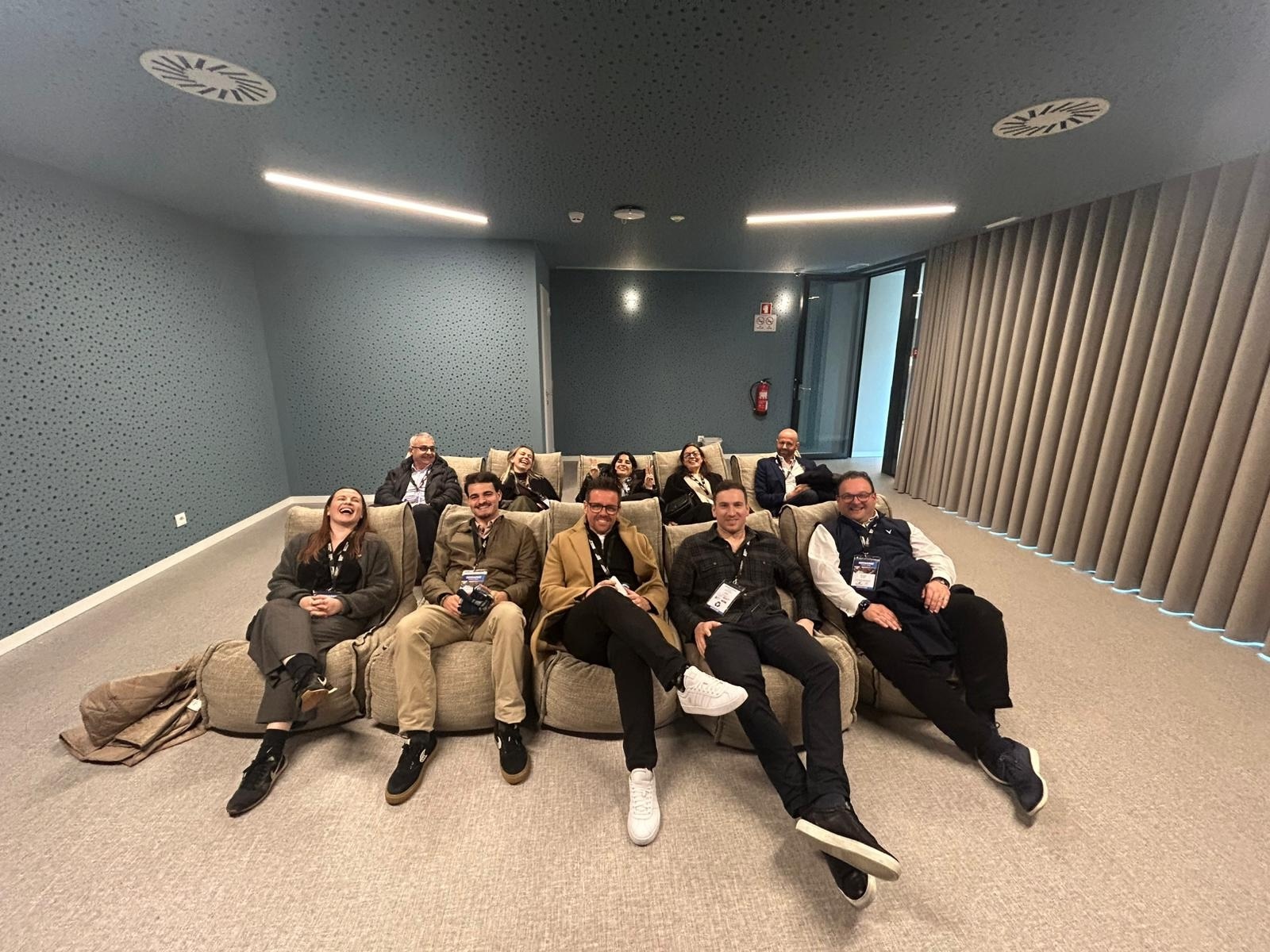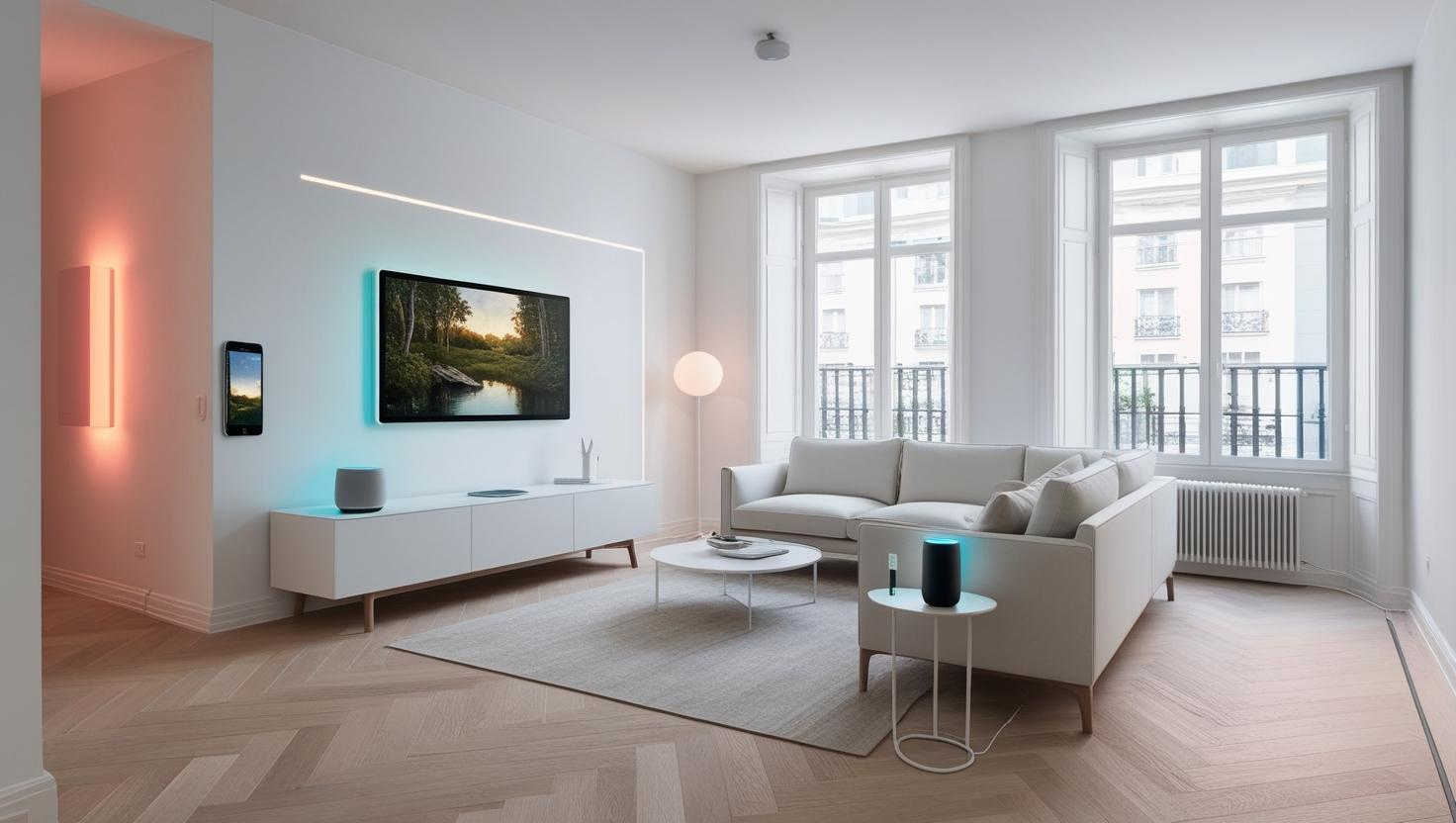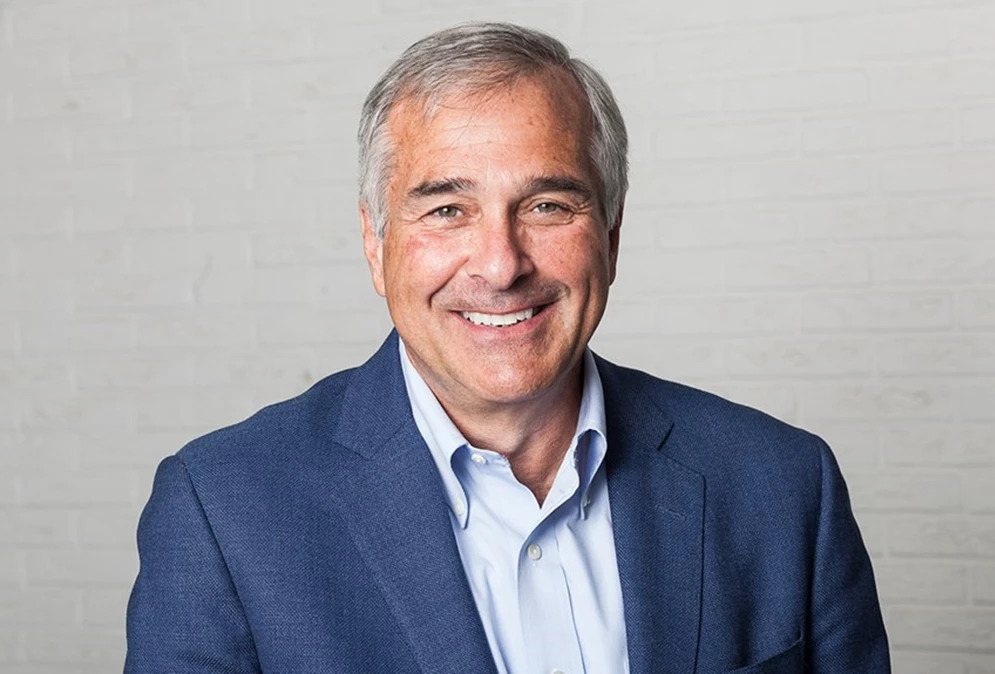
John Wagner, co-founder of Cycas Hospitality, looks at the history of extended stay hotels in Europe and how the market has evolved to meet changing consumer habits and demands.
In a time of uncertainty and fake news, if there’s one thing we can be sure of it’s that the branded extended-stay sector has come a long way since first arriving in Europe in 2008.
Whilst the idea of turning hotels into homes had been going strong in North America since the mid-seventies, it’s a sign of the differences between our two markets that it’s only in the last decade that the concept has become firmly established on this side of the Atlantic. So much so, that extended-stay is now one of the fastest-growing hotel sectors here.
It might come as a surprise to realise Staybridge Suites had been successfully operating in the US for 11 years before Cycas pioneered the IHG brand in Europe. Having helped the global hotel company evaluate how they could enter the extended-stay space in the UK and mainland Europe, I spent several years working with IHG to determine how a European version of their all-suite hotel might look and proving its viability to the development community.
We discovered that extended-stay travellers in this region had very different expectations across all aspects of their stay, from design and quality to service and location. So, for example, aparthotels in Europe always tend to be in central urban areas, whereas their American counterparts can often be found on the city fringes. This has obvious implications on building plots and room sizes; something which brands specialising in longer-staying guests need to factor into their European properties.
This can certainly help explain why only a handful of the US’s longest established extended-stay brands have made the journey across the pond. Tellingly, for example, despite being the first extended-stay brand in the United States, it took until 2011 for Residence Inn to Europeanise its “it’s not a room, it’s a Residence” ethos and 2017 for Cycas to help it debut in London.
When we opened our first extended-stay hotel, in Liverpool, we expected this new concept would primarily appeal to corporate travellers or project workers looking to stay upwards of five or six nights. Over the years, as travelling styles have evolved, so have our guests and their length of stay. Whilst business travellers remain our primary focus and our weekly social evenings ensure we really get to know our guests, it’s clear there’s no such thing as a ‘typical extended-stay guest’ any more.
There’s no doubt the rise of global home-sharing site Airbnb played a significant role in helping corporate as well as leisure guests broaden their accommodation horizons. And as the demographic of business travellers continues to evolve and the gap narrows between what younger executives might expect on their holidays and for work, Airbnb’s role in changing consumer behaviour becomes increasingly apparent.
So, from flexibility and digital connectivity to authentic experiences and the chance to connect with the local community, what millennials demand from a serviced apartment or aparthotel barely differs whether they’re travelling on business or for leisure.
When you consider that the number of business trips taken every year has increased by 38 per cent since 2009 and that millennials are forecast to account for half of business travellers by 2020, I think we can expect this demographic will underpin future demand in the extended-stay sector.
What has perhaps become more evident to travel managers over the years is how all-suite hotels are better placed than Airbnb to help them deliver on their duty of care obligations through consistent accommodation standards and round-the-clock customer care.
Recognising the need to ensure their brands are better serving a younger customer demographic, some hotel groups have already responded to this more social generation by creating larger shared spaces, such as homely lobbies, and providing opportunities to connect with the local community.
We’re already seeing extended-stay brands introduce free themed events hosted by local residents that take their ‘home-from-home’ promise to the next level. When you take into account the growth of bleisure travel, it becomes even more important that our industry is helping business travellers maximise their time away from home. It’ll be very interesting to see what other innovations the sector introduces to help quench guests’ growing thirst for local cultural and community experiences.
Another trend that has become increasingly common with extended-stay hotels is to pair it with a full or limited service property under the same roof. With operational efficiencies for dual-branded hotels ranging from streamlined construction costs and shared personnel, it’s easy to understand why these projects are becoming more and more popular with hoteliers and developers alike.
However, one of the key reasons why double-deckers now make up the majority of projects in Cycas’s pipeline is that matching an aparthotel with a mainstream hospitality brand adds as much value to our guests as it does our investors. The combination means our aparthotel guests can still count on the personalised home-from-home touches that we offer at all our hotels, whilst those looking for something extra – whether an on-site restaurant, a buzzing bar, room service or meeting facilities – don’t have to leave the building if they don’t feel like it. It really is the best of both worlds.
Since combining Staybridge Suites with Holiday Inn in London’s first double-decker hotel in 2012, we’ve been aware of how important it is to choose distinct but complementary brands that won’t cannibalise each other’s markets. And our most recent projects – such as combining Marriott’s lifestyle-focused Moxy brand with Residence Inn in Amsterdam’s upcoming creative district – show how it’s possible to shape extended-stay to meet the evolving needs of travellers.
It’s fair to say that the financial crisis and limited understanding meant the extended-stay sector was slower to get off the ground in Europe than we might have hoped. However, with Savills reporting how serviced apartments have increased their stock by six per cent annually since 2008, versus 1.9 per cent for hotels, and given the current pipeline is set to increase stock levels by 22.3 per cent by 2021, compared with the forecasted 6.5 per cent hotel growth, a lot can change in ten years. I for one am excited to see what the next decade holds for our fast-growing industry.




